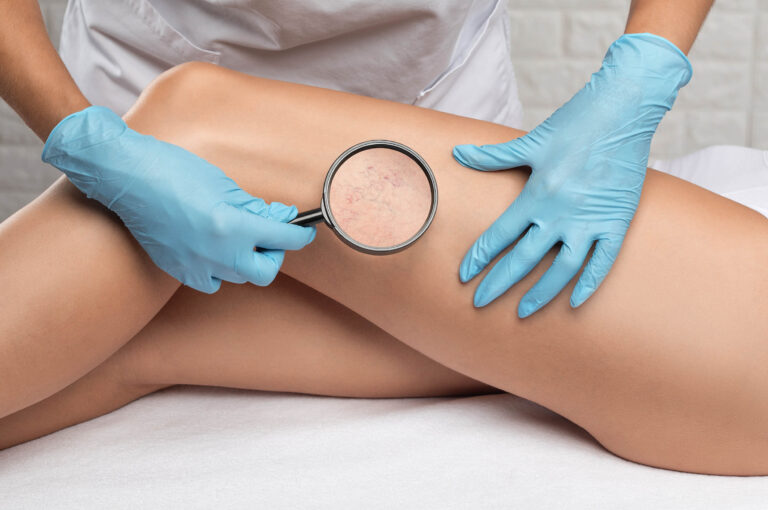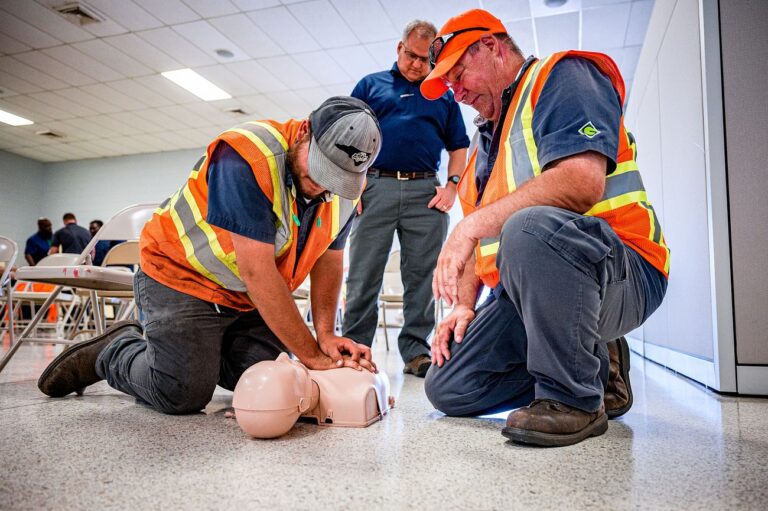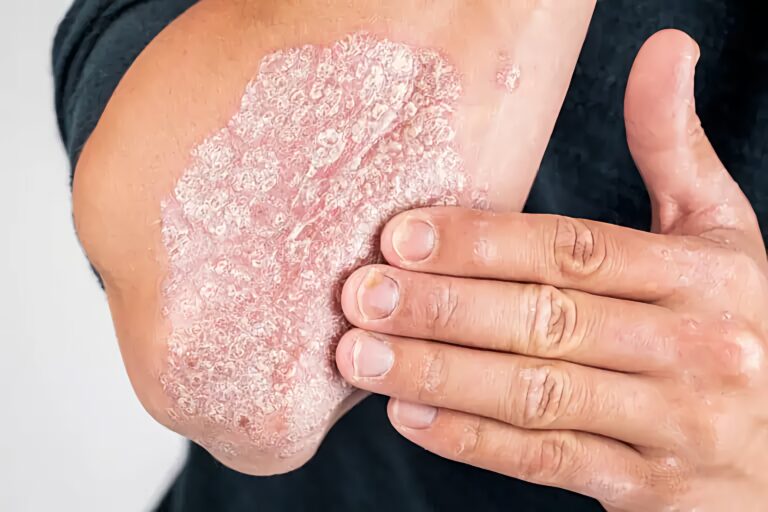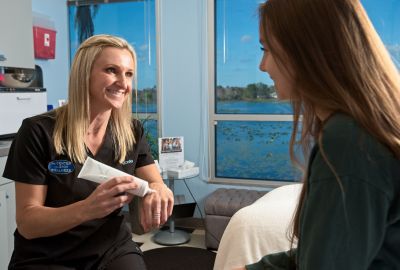Steps To Take Following Gallbladder Surgery

Gallbladder surgery, or cholecystectomy, is a medical procedure used to remove the gallbladder, often due to complications from gallstones. Proper post-surgery care is fundamental to enabling a smooth recovery process and minimizing potential complications. Here are the key steps for managing recovery after gallbladder surgery:
Pain Management
Pain relief medications, including the prescribed dosage and timing, should be adhered to strictly as instructed by your healthcare provider after your gallbladder surgery. Commonly prescribed medications may include nonsteroidal anti-inflammatory drugs (NSAIDs) to reduce inflammation. Over-the-counter options may also be used when the pain is mild, but only if approved by your healthcare provider.
Non-pharmacological methods may further aid in pain control. Supportive measures, such as applying a heating pad to the abdomen or gently moving into comfortable positions, can help alleviate discomfort. Practicing controlled breathing exercises or mindfulness techniques may also assist in reducing perceived pain levels by promoting overall relaxation. Avoid the excess use of any medication without consulting your surgeon, as overuse or misuse could hinder your healing process or lead to unintended side effects. A comprehensive, multimodal approach to pain management should always be tailored to your specific needs and closely supervised by your medical team.
Diet
Dietary adjustments are key to recovery after surgery. After the procedure, consume clear liquids such as water, broth, or electrolyte drinks. This approach reduces any initial strain on your digestive system. Once tolerated, your surgeon may advise you to transition to soft, low-fat foods. Examples of these include oatmeal, bananas, or steamed vegetables. Gradually reintroduce solid and more complex foods into your diet over the following days. Avoid high-fat or fried foods initially, as your digestive system needs time to adapt to functioning without a gallbladder. Monitor any digestive changes, and consult your surgeon if symptoms, such as diarrhea or bloating, persist.
Wound Care
Proper wound care is fundamental in preventing infection and aiding healing at the incision site. Make sure to keep the incision area clean and dry. Use the recommended cleaning techniques provided by your healthcare provider, typically involving gentle cleaning with soap and water. Avoid submerging the site in water, for instance, during baths or swimming, for at least a week post-surgery. Submersion can disrupt wound closure or introduce bacteria. Watch for signs of infection, such as redness, swelling, or discharge, and contact your doctor immediately if these occur.
Activity and Follow-Up
Your surgeon will encourage you to engage in light activity, such as short walks, soon after your gallbladder surgery. This often promotes blood circulation and reduces the risk of complications. Heavy lifting, intense physical activities, or movements that strain the abdominal area should be strictly avoided for at least six to eight weeks or as recommended by your healthcare provider. Gradually reintroduce activities as your strength improves, and make sure that you do not push through pain or discomfort, as this could indicate overexertion.
Schedule Your Gallbladder Surgery Consultation Today
Recovery from gallbladder surgery depends on effective post-surgery care involving pain management, dietary modifications, and proper wound care. By implementing these steps, patients can achieve a smoother recovery process and minimize the risk of complications. If you need expert information on gallbladder surgery or need further guidance, schedule a consultation with a gallbladder surgery specialist.
- When to See an Eye Doctor for Vision Changes
- Therapies and Interventions for Children With Cerebral Palsy
- When To Seek Immediate Care for an Illness
- How To Recognize Early Symptoms of Liver Disease
- The Role of a Dentist in Preventing Tooth Decay and Gum Disease
Dr. Emma Green is a health and wellness expert with over 10 years of experience in nutrition and fitness. Passionate about helping others live their healthiest lives, Dr. Green shares practical advice on wellness, nutrition, and sustainable living through LivingSpristine.






